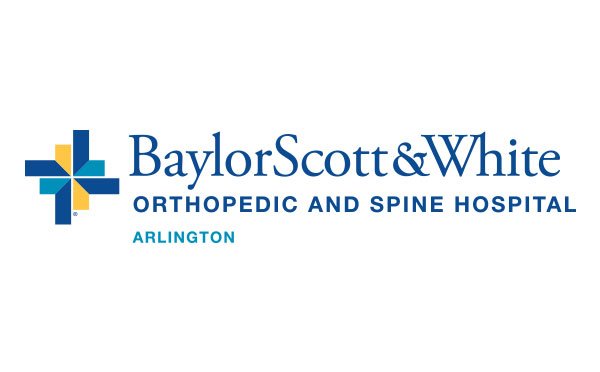Golfer’s Elbow (Medial Epicondylitis)
A painful condition of the elbow, Golfer’s elbow occurs due to overuse. Overuse causes the tendons around the elbow joint to inflame, leading to pain and tenderness. Golfer’s elbow and tennis elbow have similarities, to diagnose between the two the orthopedic specialist often focuses on the location of the pain. Do not confuse with Little League Elbow.
CAUSE OF GOLFER’S ELBOW (MEDIAL EPICONDYLITIS)
The cause of Golfer’s Elbow, or Medical Epicondylitis can vary from a single violent action or can occur gradually from repetitive stresses on the tendon. One of the leading causes of Golfer’s Elbow, or Medical Epicondylitis, remains it’s namesake- Golf. While golf commonly causes patients to have some symptoms, many other sports and work-related activities can also lead to Golfer’s Elbow. A recreational example of developing Golfer’s Elbow occurs when weekend carpenters use hand tools on occasion.
Many treatment options exist for golfer’s elbow. In most cases, treatment involves a team approach. Primary doctors, physical therapists, and in some cases orthopedic upper extremity surgeons. All healthcare providers work together with the same goal to provide the most effective care to the patient.
SYMPTOMS OF GOLFER’S ELBOW (MEDIAL EPICONDYLITIS
All patients process pain differently which may result in a variety of symptoms. Symptoms may also vary based on whether or not patients continue the activities that led to the Golfer’s Elbow or Medial Epicondylitis or allow themselves to rest. Symptoms of Golfer’s Elbow or Medial Epicondylitis include:
- Pain or burning on the inner part of the elbow that can radiate down the inner side of the forearm
- Weakened grip strength
- The elbow to fist can feel stiff, making it hard to make a fist or move the forearm without pain
- Inflammation may impinge a nerve, causing a tingling sensation or numbness that can radiate from the elbow to the pinkie and ring fingers
HOW TO Diagnose GOLFER’S ELBOW (MEDIAL EPICONDYLITIS)
While doctors do not consider Golfer’s Elbow a major injury, patients should still seek medical attention from an orthopedic specialist if suffering from elbow pain. Getting a medical evaluation can help rule out a more serious issue that may exhibit similar symptoms.
To diagnose Golfer’s Elbow or Medial Epicondylitis, the physician starts with a physical examination. During a physical examination, the orthopedic elbow specialist asks the patient about their medical history and inquires about their everyday lifestyle. Next, the physician palpates and moves the affected elbow to see if any movements cause pain. This helps the provider determine whether or not the patient has Golfer’s Elbow or Tennis Elbow or another Elbow related ailment. To confirm the diagnoses, the physician uses diagnostic testing. Diagnostic testing can also rule out any other issue or torn ligaments. Diagnostic testing may include Xray, MRI, or CT scan.
HOW TO TREAT GOLFER’S ELBOW (MEDIAL EPICONDYLITIS)
To treat and manage Golfer’s Elbow or Medial Epicondylitis, patients should begin with rest, ice, compression, and over the counter non-steroidal anti-inflammatory medications including Ibuprofen. A physician may even prescribe specific non-steroidal anti-inflammatory medications that the patient must receive from a pharmacy. The treating orthopedic physician may prescribe a counterforce brace used to reduce the load put on the tendons of the elbow. The treating physician may recommend stretching and strengthening the forearm to reduce the chances of Golfer’s Elbow or Medial Epicondylitis reoccurring. Physicians may recommend doing these stretches on the patient’s own or under the supervision of a physical therapist. If rest and non-steroidal anti-inflammatory medications do not help alleviate the pain of the patient, the doctor may recommend steroid injections. Injectable steroids may help temporarily, but may not help long term. If steroid injections do not work, the physician may recommend surgical intervention. Typically a doctor only considers surgery after a year of conservative treatment, but surgeons rarely opt to perform surgery to treat Golfer’s Elbow or Medial Epicondylitis.
HOW TO PREVENT GOLFER’S ELBOW (MEDIAL EPICONDYLITIS)
Patients should always strive to prevent an ailment. Strengthening the forearm and stretching before activity can help prevent injuries. Using proper form and appropriately weighted equipment can keep an individual in the correct range of motion, decreasing the chances that an injury or issue occurs in the present or future. When lifting an item, either in the gym or out in the world, patients should keep the wrists stable to reduce the load passed onto the elbow. Patients should also recognize their limits. Golfer’s Elbow or Medial Epicondylitis occurs due to overuse. While working out and getting exercise aids in longevity and overall health, humans also require rest. Do not push the body to the point of breaking.
To view a list of all insurances that AOA Orthopedic Specialists accept, click HERE. To schedule an appointment online, click HERE.


